1. Smart Home Devices Are Rewiring Domestic Life
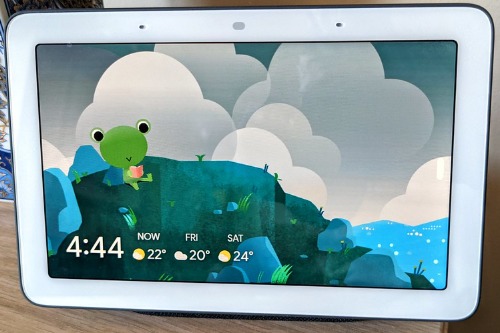
Smart thermostats, lights, and voice assistants started as convenience tools—but they’ve quietly reshaped how Americans interact with their homes. People now talk to their appliances, automate routines, and monitor their spaces remotely. It’s created a culture of constant optimization, where even brushing your teeth can be tracked and gamified. The home is no longer just lived in—it’s managed.
This shift has changed expectations around comfort, privacy, and control. Kids grow up asking Alexa for bedtime stories, and adults rely on apps to lock doors or adjust lighting. The line between home and tech hub is blurring. And most people don’t even notice it happening.
2. Recommendation Algorithms Are Shaping Taste
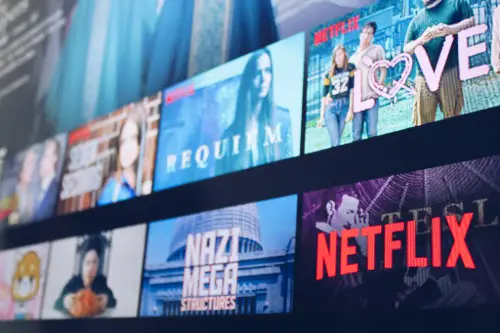
From Netflix to Spotify to Amazon, algorithms now decide what we watch, read, and buy. These systems learn our preferences and feed us curated options—often before we know what we want. It’s convenient, but it also narrows our exposure to new ideas and voices. Discovery has become passive, not active.
This has quietly reshaped cultural consumption. People binge shows they didn’t choose, listen to playlists they didn’t build, and buy products they didn’t search for. Taste is being outsourced to code. And the algorithm is the new tastemaker.
3. QR Codes Are the New Social Glue
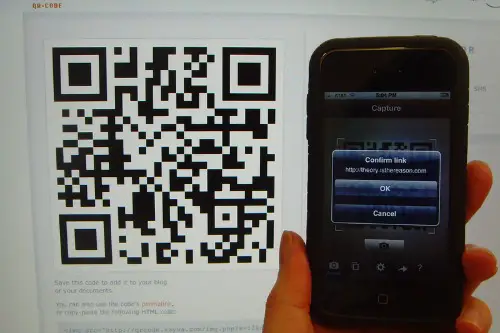
Once a clunky marketing tool, QR codes exploded during the pandemic—and never left. They replaced menus, tickets, and even tip jars, becoming a seamless bridge between physical and digital life. Now, they’re used for payments, event check-ins, and even dating profiles. They’re everywhere, but rarely noticed.
QR codes have normalized instant access and minimal friction. They’ve changed how people interact with businesses, each other, and public spaces. It’s a quiet revolution in how we connect. And it’s happening one scan at a time.
4. Short-Form Video Is Rewiring Attention Spans
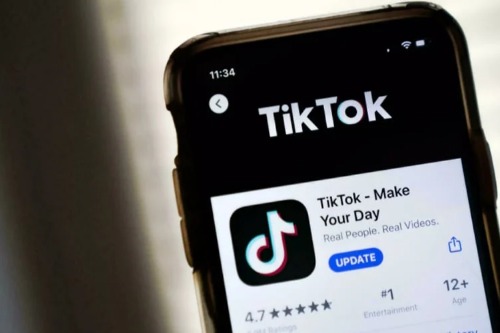
TikTok, Instagram Reels, and YouTube Shorts have made bite-sized content the default. People now consume entertainment in 15-second bursts, favoring speed over depth. It’s changed how stories are told, how humor works, and how trends spread. The scroll is endless—and addictive.
This shift has reshaped communication, especially among younger generations. Memes, reactions, and micro-skits dominate cultural discourse. Long-form content feels like a commitment. And attention spans are being trained to sprint, not stroll.
5. AI-Generated Content Is Blurring Reality
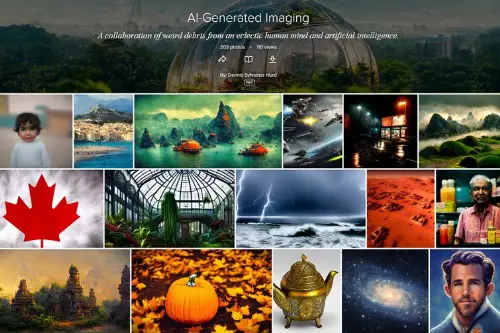
AI tools now write articles, compose music, and generate images—often indistinguishable from human-made work. It’s efficient, but it’s also confusing. People consume AI-generated content without realizing it, from product descriptions to social media posts. The line between creator and code is fading.
This trend is quietly redefining creativity and authorship. It’s changing how we value originality, how we detect authenticity, and how we trust information. The future of culture may be synthetic. And most people won’t know the difference.
6. Livestreaming Is the New Town Square

Platforms like Twitch, TikTok Live, and Instagram Live have turned everyday moments into public broadcasts. People stream themselves cooking, gaming, chatting, or just existing. It’s raw, unscripted, and deeply communal. Viewers interact in real time, forming micro-communities around personalities.
This has changed how people socialize, perform, and build identity. Fame is now accessible, and intimacy is scalable. The living room is a stage. And the audience is always watching.
7. Wearable Tech Is Normalizing Bio-Tracking
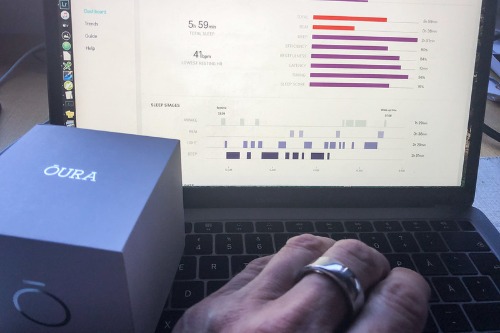
Smartwatches and fitness bands started as workout tools—but now they track sleep, stress, heart rate, and even menstrual cycles. People monitor their bodies like dashboards, checking metrics before making decisions. It’s health meets data science. And it’s become second nature.
This shift has changed how people relate to their own bodies. Wellness is now quantified, and self-care is algorithmic. The body is no longer just felt—it’s measured. And privacy is traded for insight.
8. Voice Tech Is Changing How We Communicate
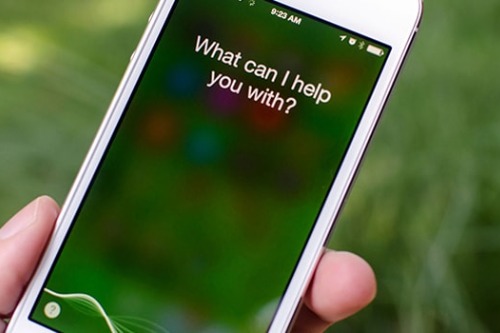
Voice assistants like Siri, Alexa, and Google Assistant have made speaking to machines normal. People now dictate texts, ask questions aloud, and control devices with verbal commands. It’s hands-free, frictionless, and increasingly conversational. The keyboard is no longer king.
This trend is reshaping language, tone, and even manners. Kids grow up saying “Hey Google” before “please.” Voice is becoming the default interface. And it’s changing how we talk—literally.
9. Digital Surveillance Is Becoming Social Norm
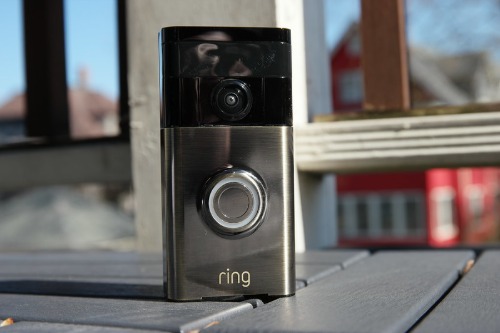
From Ring doorbells to location-sharing apps, surveillance tech has gone mainstream. People monitor their homes, their kids, and even their friends—often with consent, sometimes without. It’s framed as safety, but it’s also control. And it’s quietly shifting boundaries.
This has changed expectations around privacy and trust. Being watched is no longer creepy—it’s expected. The neighborhood watch is now digital. And the culture of oversight is here to stay.
This post 9 Tech Trends That Are Changing American Culture Without Anyone Realizing was first published on American Charm.


